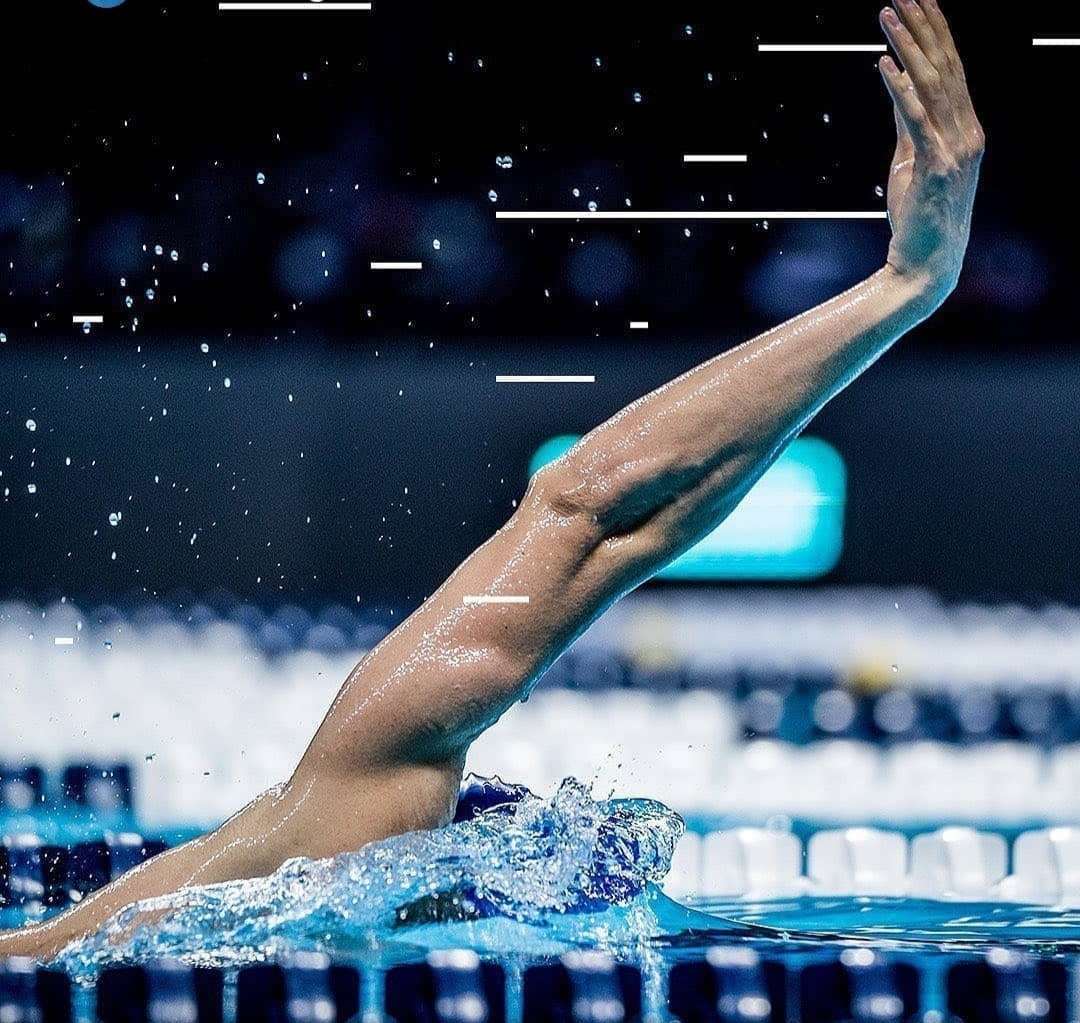
LIFEGUARD AND RESCUE FINS
Share
Do you remember the feeling you had the first time you swam with fins? It's common for the first reaction to be a smile from ear to ear. The reason? Fins allow us to go faster, glide further with less effort and move through the water with ease . These are the basic characteristics that we think about when we look to buy fins.
There is currently a wide variety of brands and models on the market, making it difficult to choose just one. Below, we will outline some key aspects to take into account when choosing the right fins.
Fiber Fins vs Rubber Fins
First of all, it should be noted that in lifesaving and rescue activities, the use of fibreglass fins is only permitted for youth categories and above , that is, from the age of 14/15. Therefore, for younger athletes, the option of buying fins made of this material is ruled out.
We find many models of rubber fins, but the ones that have proven to be most effective are those of the Murenafin and Najade brands, both also used in the finswimming discipline.
Murenafin has 2 hardness models available, while Najade has 4.
The Najade fins stand out for their peculiar upward curvature that makes them more propulsive in the downward phase of the kick.
An important point in their favour is that both have a foot adjustment shape similar to that of fibreglass fins, which helps us learn the fin-putting manoeuvre for the Supersocorrista test from an early age.
They are also a great option for use in training by athletes who compete with fiber fins.
Traditional Fiber Fins vs. Fiber Fins with Neoprene
Fin models have been improved over time and companies study, investigate and perfect their designs. Today we have two variants of fiber fins, the traditional ones and those with part of the sides covered in neoprene. This detail makes the behavior of both fins substantially different .
In both types of fins we find two fully customizable features that we can choose based on our individual characteristics and objective of use:
· Stiffness . A stiffer blade produces a more powerful kick, but also requires more effort, a softer blade allows a kick with less effort, but less forward movement. We also have the possibility of choosing between two materials, normal fiber and carbon fiber. Fins made of carbon fiber are more rigid and require high levels of force to make them work, but without a doubt, if this is achieved, we will have a very reactive fin.
We recommend this material for athletes with a more experienced and specific profile in these tests.
Width . It is important to find a good balance in this section. A fin that is too wide will not be able to move correctly, being inefficient, and a fin that is too narrow will force me to use a higher frequency to move forward, causing fatigue to appear sooner. The choice will depend on the individual characteristics and technique. We can find widths between 21 and 30 cm.
Traditional fiber fins are more suitable for young or beginner athletes as they are less demanding. In general, in most models the part that covers the foot usually ends in two points on the fiber, although there are others in which, to give more flexibility to the fiber, they do not have this finish. Another peculiarity is that some brands equip their models with a small angle in the fiber to improve propulsion.


Traditional fins have a comfortable fit, and in some cases booties can be used to prevent chafing from prolonged use during training.

Fiberglass fins with neoprene sides are heavier, but have more buoyancy, making the upward phase of the kick easier. Without a doubt, if you have the necessary strength, this is the model that has proven to be the most competitive and the one that top athletes swim with . However, it should be noted that the price of these fins is double or even triple in some cases the price of traditional fins.
Another difference is that the design of the fins with neoprene sides is very closed, which prevents their continued use during training. In addition, putting them on can be tedious, so some athletes choose to use soap.
Some reference brands that design fins of this type are: Speedfins, Sharkfins, Wetiz and Starfins.




There is no ideal fin, everything will depend on the athlete, but we must certainly keep in mind the qualities that each model offers us to improve our performance in the water, flow and enjoy.

